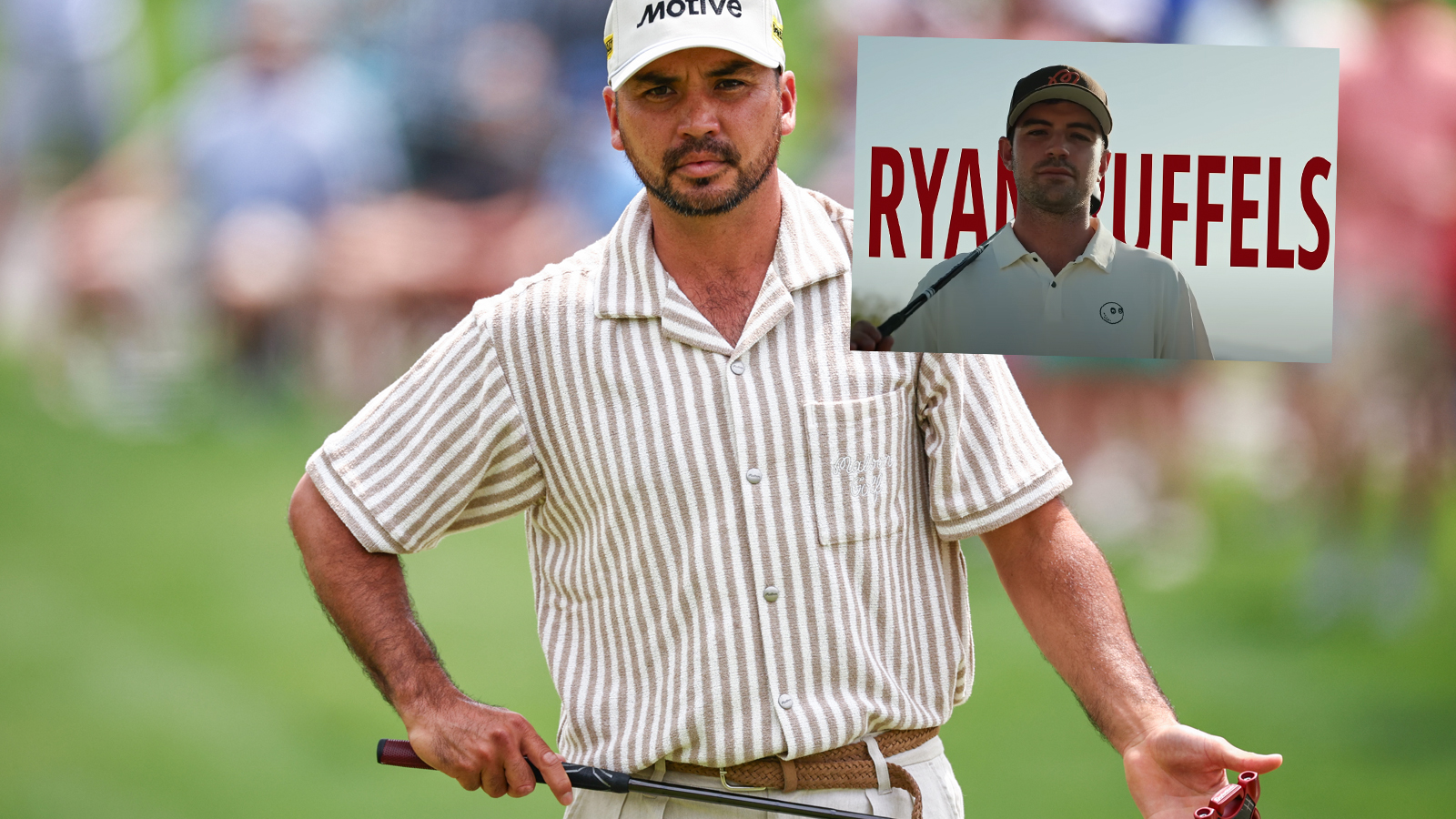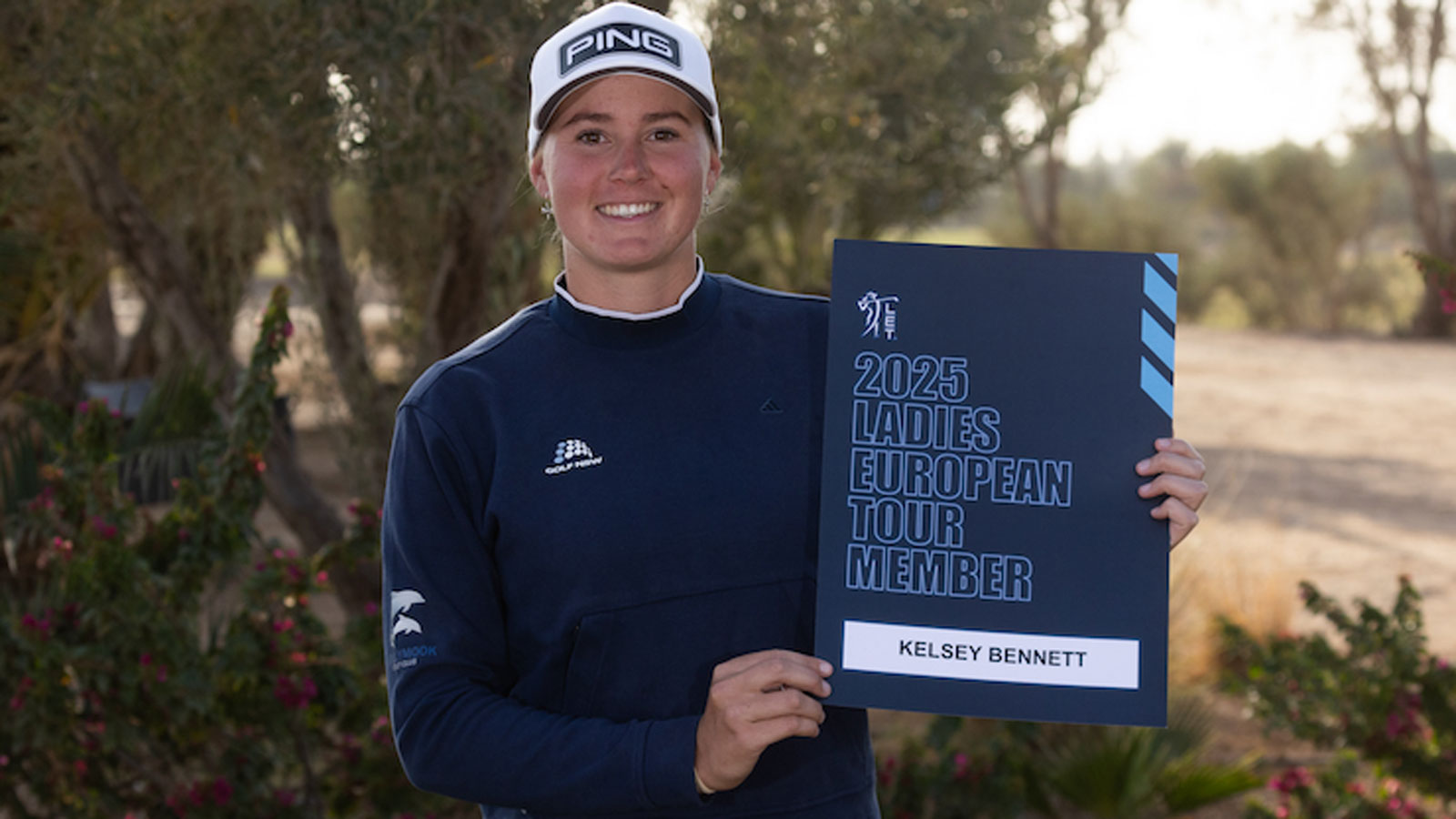These “hidden” muscles could be the source of your back pain – Australian Golf Digest

- by Admin
- October 25, 2024
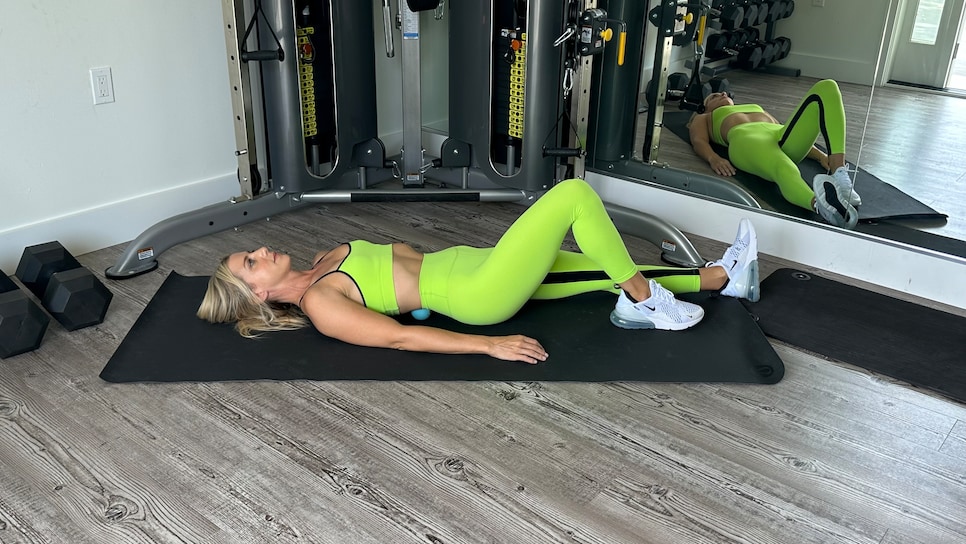
A frequent source of lower-back pain comes from two muscles you might not have heard of—and that makes sense since you rarely see them on those medical posters of human anatomy in doctor’s offices. The reason they are somewhat unknown or ignored is that they are so deep inside the body, other muscles cover them up.Despite this, the quadratus lumborum (QL) are super important to activities of daily life and can get super cranky when overused. They are located on either side of your lumbar vertabrae and connect to the bottom of the rib cage on top and the iliac crest of the pelvis on the bottom. Every time you get up, sit down, walk or run, the quadratus lumborum contract.Now that you know all of this, you might have found the culprit for that nagging back pain you can’t seem to treat. Foam rolling likely will have minimal help, same as a massage, because you can’t get the pressure deep enough. So what can you do? Jennifer Fleischer, one of Golf Digest’s Best Golf-Fitness Trainers in America, works with golfers online (Fleischertourfit.com) and in the San Francisco Bay area. She has a four-step treatment plan for you that involves releasing tight/angry QLs and then improving their functionality. Follow along with Fleischer, a Golf Digest Certified Fitness Trainer, as she demonstrates these exercises.
QL RELEASE 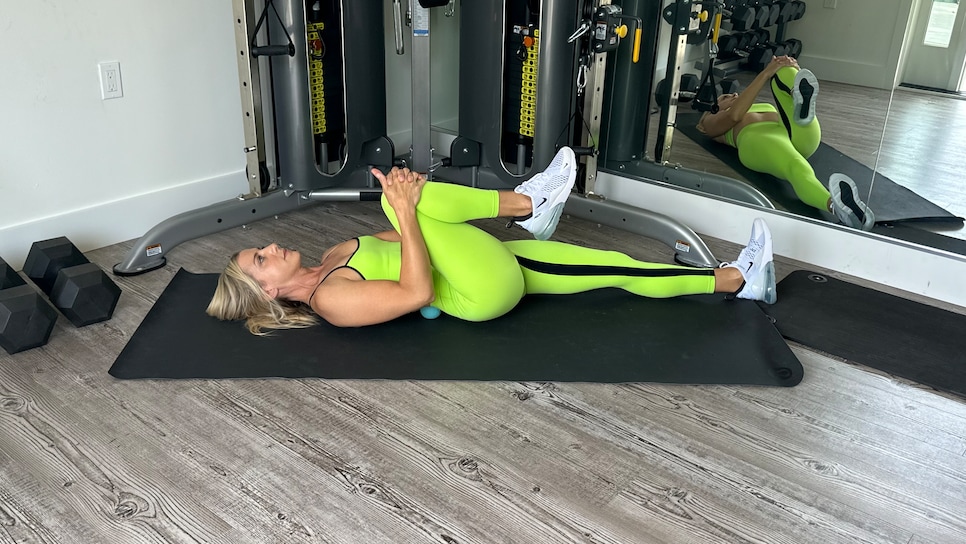
“This soft-tissue mobilization helps relieve tension through the low back by targeting trigger points within the QL muscle for deep relief,” Fleischer says. “I like using a Yoga Tune Up Ball for this drill instead of a lacrosse ball or harder roller because it melds with your tissues rather than causing you to tense up, which can ultimately create more discomfort. “To do it, lie on your back with both legs straight and place the massage ball under your low back on your right QL. Bring your right knee into your chest and take deep breaths as you hold for 30s-60s. You can also move your right knee side to side like a windshield wiper looking for tighter spots within the muscle. Then switch sides.”
MORE: 5 moves to make your lower back feel way better
WALL STRETCHES 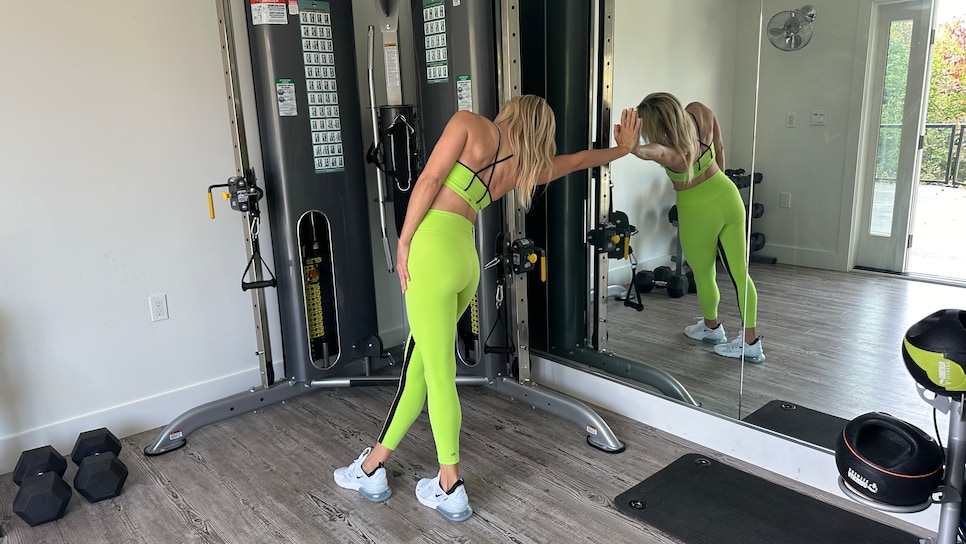
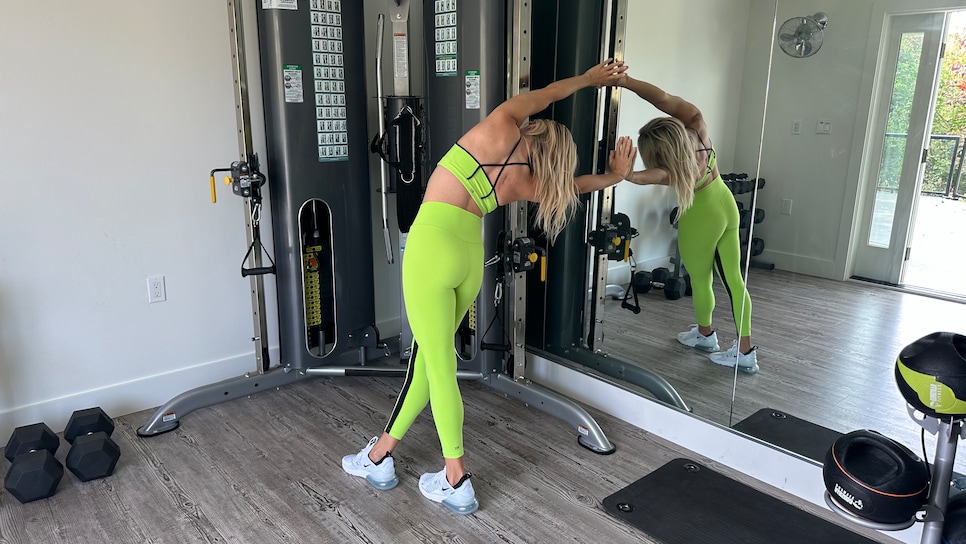
“After doing some pressure-point work with the mobility ball, it’s helpful to stretch the QL muscle to further alleviate tension,” she says. “All you need is a wall for this stretch, so you can do it throughout the day if you feel your low back tightening up from sitting at your desk. “Position yourself side-on to a wall off to your right. Lean into the wall using your right arm to support you, then cross your right leg in front of your left. Reach your left arm over your head and press the wall away with both arms, driving your hips away from the wall. You should feel a deep stretch on the left side of your body through your lat muscle and down into the QL. You might have to play around with the position of your pelvis, tucking it under and rotating left and right until you target the tight areas of the QL. Hold for 30 to 60 seconds, then repeat on the other side.”
CABLE PALLOF PRESSES WITH OVERHEAD REACHES 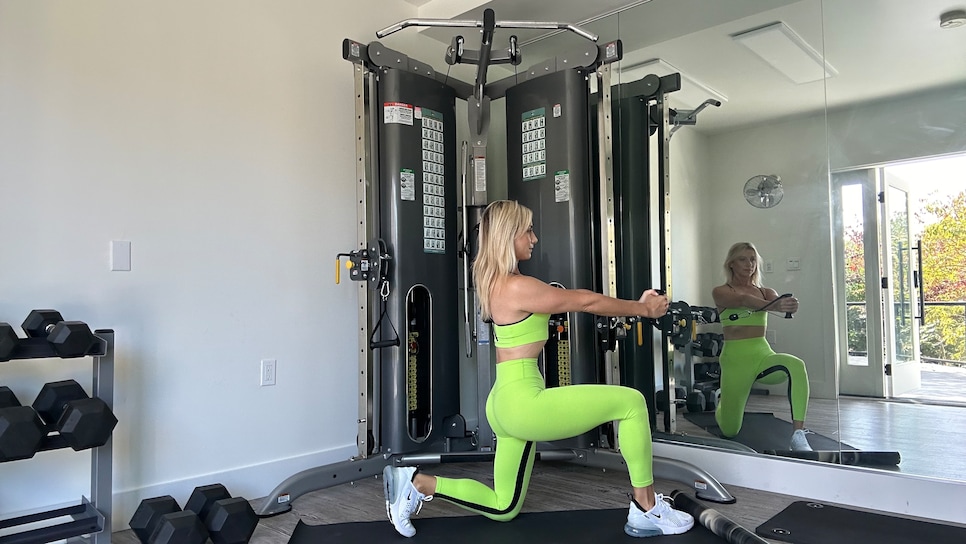
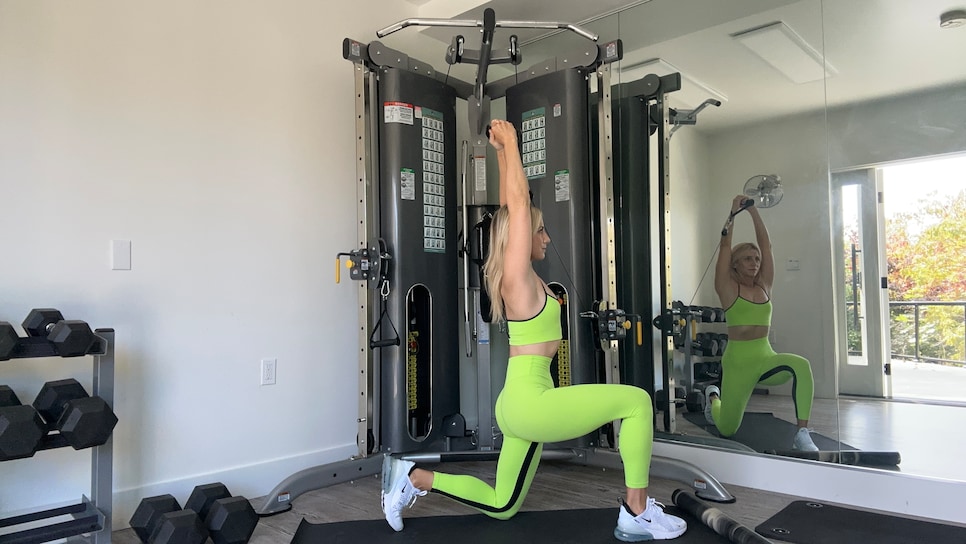
“Following the targeted mobility work, it’s time to create stability. This pallof press challenges you to resist rotation and lateral flexion (or side bending) and at the same time, strengthening your entire core,” she says. “Over time, that deep core stability can help prevent the QL muscle from compensating for weakness in your trunk muscles and becoming overactive in the golf swing. “Get into a half-kneeling position on your left knee with a cable machine or a stretch band anchored around sternum height off to your left. Holding the cable or band with both hands, press your arms straight out in front of you, resisting the pull to the left. Then reach your arms overhead. As you do this, keep your tailbone tucked and avoid hyperextending your lower back. Hold the overhead position for 1-2s, then bring your arms back down, pull them into your chest and repeat for a total of 2-3 sets of 5-10 reps each side.”
TALL-KNEELING CABLE LATERAL FLEXIONS 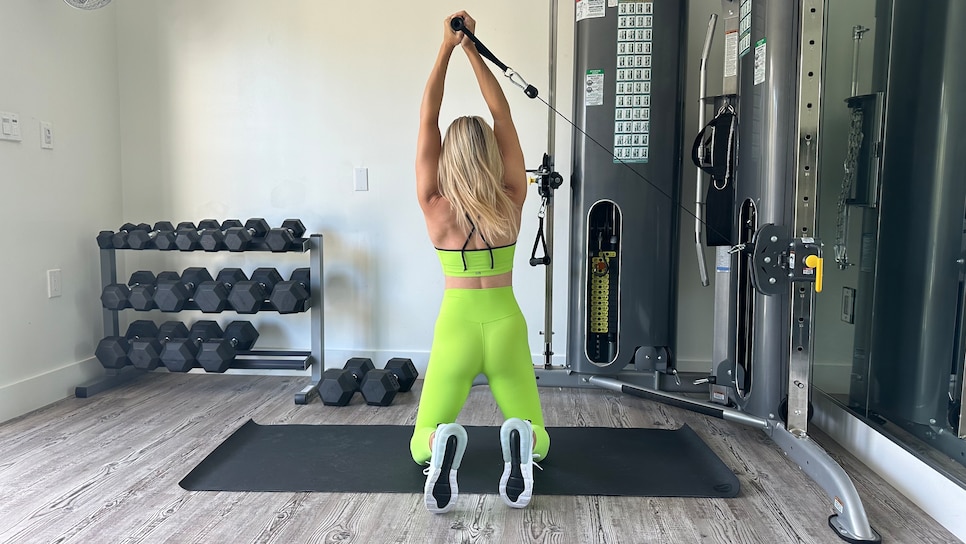

“Now that we’ve resisted side bend, let’s add an exercise to challenge your ability to create it,” she says. “This cable, lateral-flexion exercise targets the obliques and QL, helping improve the strength of these critical golf muscles for reduced risk of injury in when you swing. “Get into a tall-kneeling position side-on to a cable machine or stretch band anchored around sternum height. Hold onto the handle with both hands, press your arms out in front of you, and then reach them over your head. Begin to slowly bend in the direction of the cable or band. Then drive your torso back up to the starting position and repeat for a total of 2-3 sets of 5-10 reps on each side. Make sure you keep your tailbone tucked and your lower back in a neutral position as you do this exercise.”
More From Golf Digest 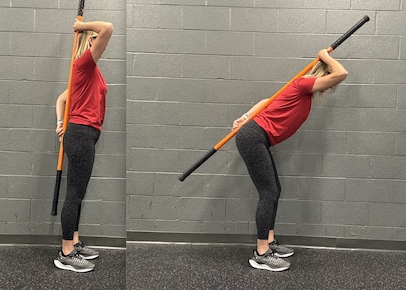 fitness friday As golf season winds down, now’s the time to address your lower-back issues
fitness friday As golf season winds down, now’s the time to address your lower-back issues  fitness friday Don’t ignore these key core muscles if you care about your golf swing
fitness friday Don’t ignore these key core muscles if you care about your golf swing
This article was originally published on golfdigest.com
The Latest News
-
December 25, 2024Where to watch Australia vs. India 4th Test: Free live stream, free-to-air channel, start time for cricket match | Sporting News Australia
-
December 25, 2024Gearing Up for Australian Open, Nick Kyrgios Elevated in Bold Predictions From Renowned Tennis Experts
-
December 25, 2024Dads’ day out! Australian stars unwind with with wives, kids at MCG. Watch | Cricket News – Times of India
-
December 25, 2024Border-Gavaskar Trophy: What is Australia’s record in Melbourne in Test matches? | Sporting News Australia
-
December 25, 2024India must continue to exploit ‘brittle’ Australian line-up: Ravi Shastri | Cricket News – Times of India


